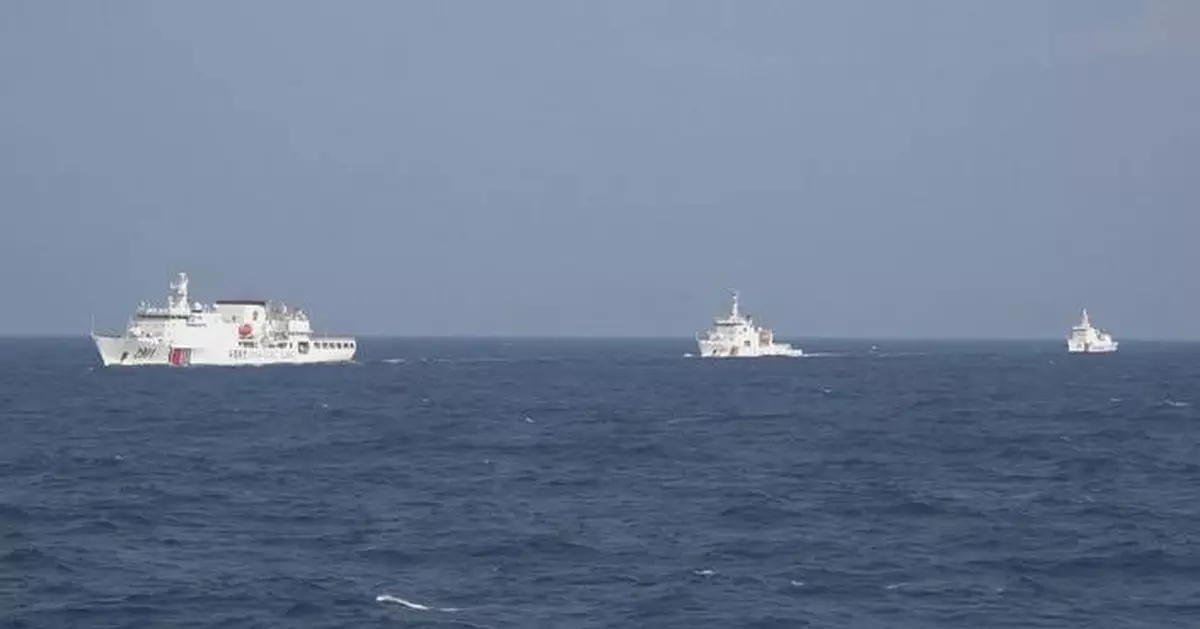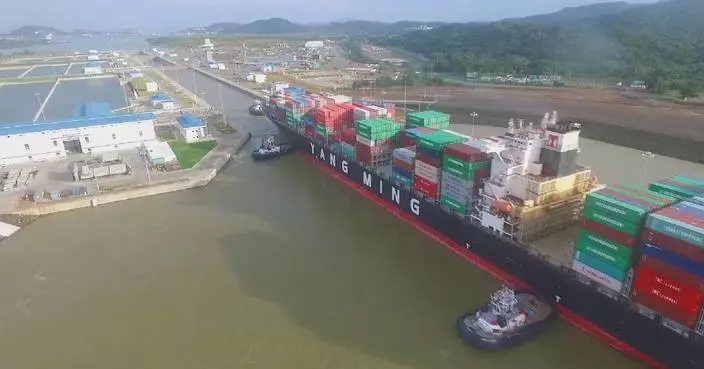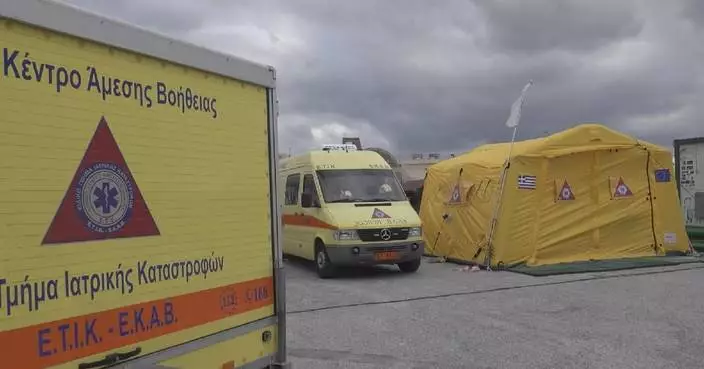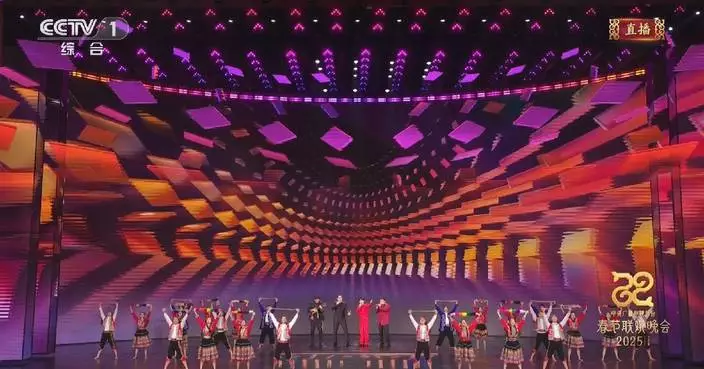The China Coast Guard (CCG) conducted law enforcement patrols in the waters surrounding Taiwan island on Monday.
The patrols, conducted by CCG formations of vessels 2901, 1305, 1303 and 2102, are a practical action to lawfully enforce control over Taiwan island in accordance with the one-China principle.
On the same day, the Fujian Coast Guard also organized a formation of vessels to conduct comprehensive law enforcement patrols in the waters near the islands of Dongyin and Matsu, with the aim of testing its rapid response and emergency handling capabilities.
The Fujian Coast Guard patrols focused on exercises of verification and identification, boarding inspections, and control and expulsion operations.
The Dongyin and Matsu islands and their surrounding waters are an important fishing ground for fishermen from across the Taiwan Strait.

China Coast Guard patrols around Taiwan island
During the Spring Festival holiday, traditional villages across China attracted more than 47 million tourists, according to the data released by the Ministry of Housing and Urban-Rural Development.
By the time the Lantern Festival, on the 15th day of the first month of the Chinese lunar calendar, marked the conclusion of the Spring Festival celebrations, approximately 11,853 events were held across 5,473 traditional villages nationwide. These activities, including dragon and lion dances, folk music performances, and lantern fairs, attracted 47.2 million tourists.
"I think it's wonderful that these activities preserve something basic of our traditional culture," said Ding Xiaoxian, a tourist.
Currently, a total of 8,155 villages in China have been included on the national protection list, while 5,028 villages across 16 provinces have been listed for provincial protection. In addition to strengthening preservation efforts, local governments have actively promoted the revitalization and utilization of traditional villages, focusing on the development of leisure tourism and other culture-related industries.
"Tourists are drawn to the natural scenery and traditional custom of our village, and their responses have been overwhelmingly positive," said Zhou Maohui, a resident of Tangkou Village in Pingnan County, Ningde City in east China's Fujian Province.

Over 47 million tourists visit traditional villages across China during Spring Festival holiday














































